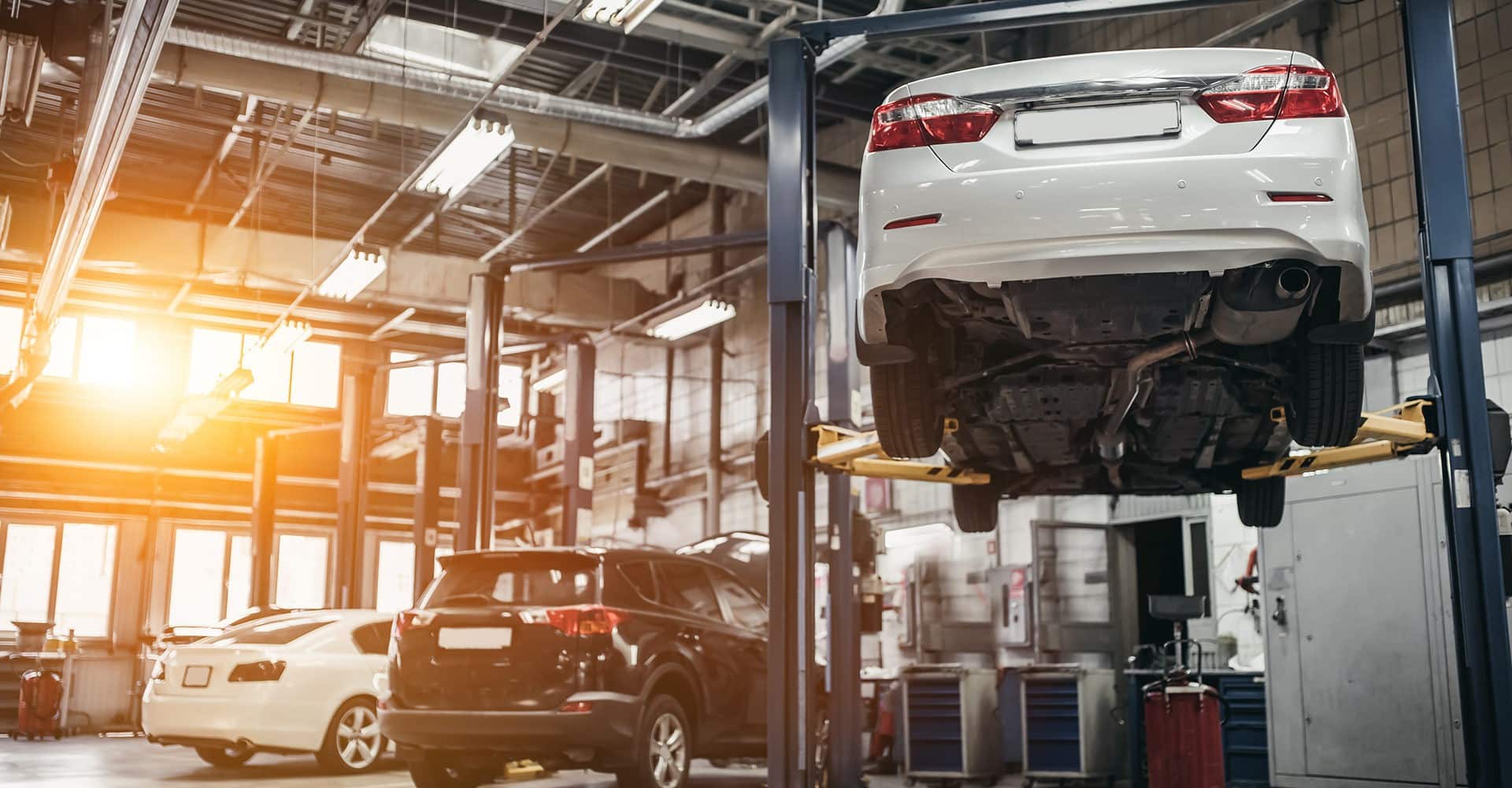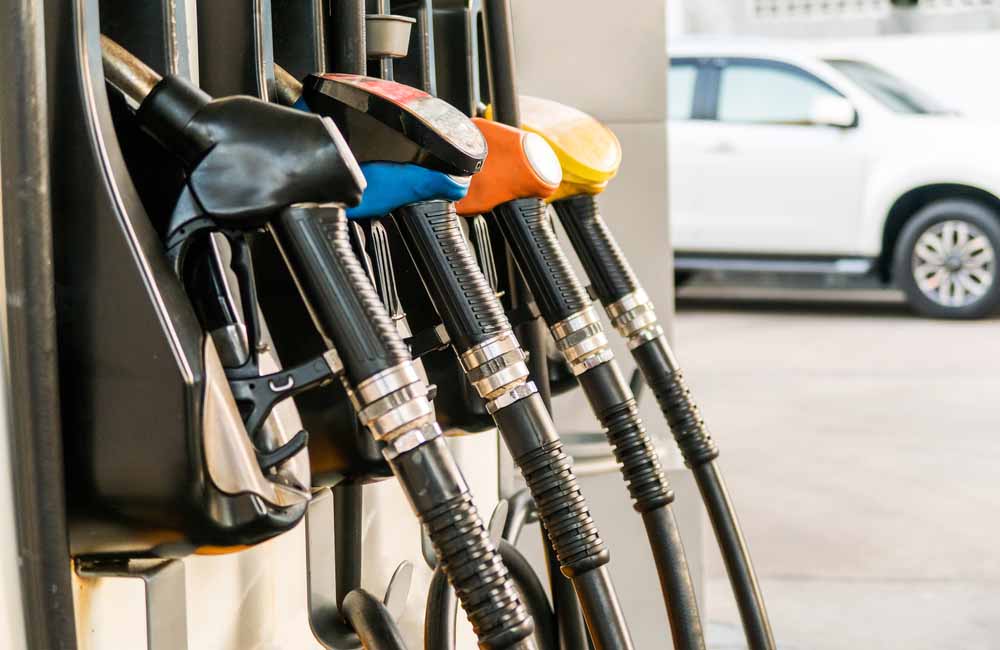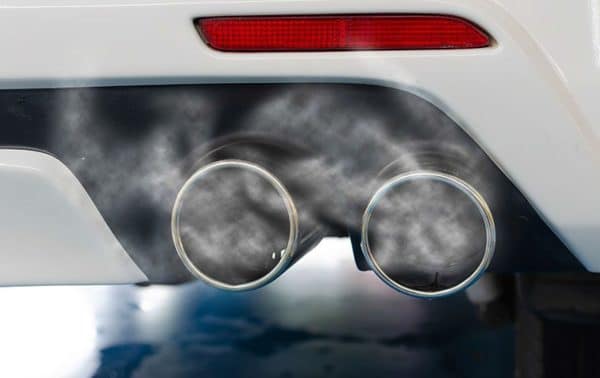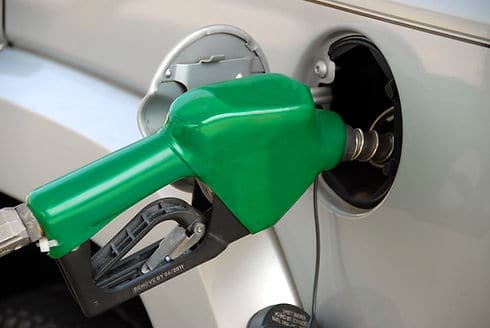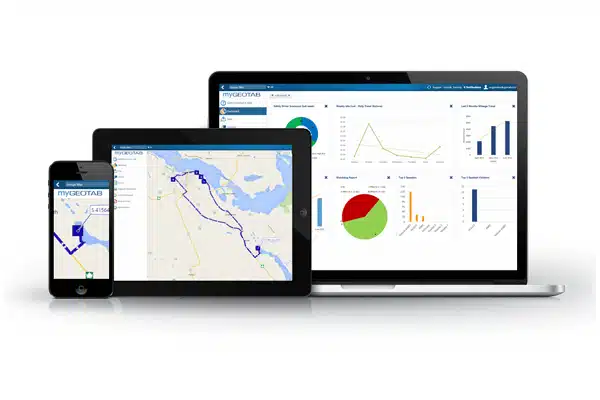Fleet managers can’t create a culture of safety within their organization without first acknowledging the role that road accidents plays in their day-to-day operations.
There is an alarming increase of late in road accidents; on average, collisions cost fleet companies up to $75,000 in associated damages and it seems the numbers are climbing.
With this in mind, many companies are opting to implement measures to mitigate and ensure both driver and vehicle safety. In this article, we’ll discuss the unsettling numbers, facts and statistics with regards to road safety that should give you pause.
1. Drivers Who Have Previous Infractions are More Likely to be Involved in Fatal Road Accidents
The National Highway Traffic Safety Administration (NHTSA) has reported that a staggering 21% of large truck drivers who had a prior record of non-fatal collisions were involved in fatal road accidents in 2020.
What’s more, 19% of all drivers involved in deadly incidents had at least one speeding violation on their record.
2. Large Trucks Make Up 9% of Vehicles Involved in Deadly Collisions
It may not come as a surprise, but large trucks currently account for over 9% of vehicles involved in fatal crashes on the road, according to the National Safety Council (NSC). The same report says that these incidents caused a total of 107,000 injuries and 4,842 fatalities in 2020 alone.
Of those who died, 17% were the occupants of a truck, 71% of passenger vehicles and 12% cyclists or pedestrians. The majority of fatalities (63%) occurred during daylight hours as well, which goes to show that truck safety is an issue that impacts everyone, day or night.
3. Over 1.35 Million People Die in Road Collisions Every Year
According to the World Health Organization (WHO), an estimated 1.35 million people die each year as a result of crashes, with young males representing the majority of fatalities.
The WHO also reports that traffic accidents are currently the leading cause of death among people aged between 15-29 years old.
These accidents are also the eighth leading cause of death globally for all age groups, a rank that the WHO predicts will rise to seventh place by the year 2030.
4. Speeding is Directly Linked to a Higher Likelihood of Death in Road Collisions
There is a direct correlation between speeding and death as a result of an auto collision. So much so in fact, that the WHO reports that for every 1% a driver increases speed over the limit, there is an associated 3% increase in the severity of a potential crash and a 4% higher likelihood of it resulting in death.
To put this into context, your risk of dying in a crash would increase by 40% just by going 10 kilometres faster in a 100 km/h zone.
5. Road Accidents Will Cost the Global Economy $1.8 Trillion by the Year 2030
Road crashes aren’t just deadly – they’re expensive too.
According to the US Center for Disease Control (CDC), both non-fatal and fatal collisions cost the global economy the equivalent of a yearly tax rate of 0.12%. This is expected to amount to a total of $1.8 trillion by the year 2030.
On a smaller but no less significant scale, road accidents cost companies tens of thousands of dollars in replacement vehicles, insurance premiums and liability suits.
It’s estimated that a collision can cost somewhere between $16,000-$75,000, and those numbers can skyrocket if there’s a death involved.
6. Almost Half of Road Fatalities Involve Cases in Which Occupants Were Not Wearing Seat belts
Despite the implementation of seat belt laws in the 1960s, nearly 10% of Americans do not use them, according to 2021 NHTSA data.
Findings show that 47 percent of all road fatalities in the United States involved cases where passengers were not wearing seat belts, and that 55 percent of people killed at night were also without seat belts on.
Approximately 7% of Canadians don’t wear seat belts, according to Transport Canada, which accounts for 40% of deaths in road collisions.
The National Highway Traffic Safety Administration adds that airbags are built to protect people wearing a seat belt in their seats correctly. The force of an airbag inflating could harm or kill you if you are not properly buckled up.
7. Distracted Drivers Are up to Four Times More Likely to be Involved in Road Accidents
It’s no secret that distracted driving is a major problem on the roads, but just how big of an issue is it?
According to the CAA, distracted drivers are up to four times more likely to be involved in a collision than those who are not distracted. The CAA lists things like talking or texting on your phone, eating and drinking, talking to passengers, fiddling with the music, and even daydreaming as distractions that could lead to an accident.
In fact, taking your eyes off the road for as little as two seconds can double your risk of crashing.
The good news? Knowledge is power. There will always be risks associated with your fleet on the road, but an ounce of prevention and rigorous attention to safety can help you and your drivers prevent accidents before they happen.




